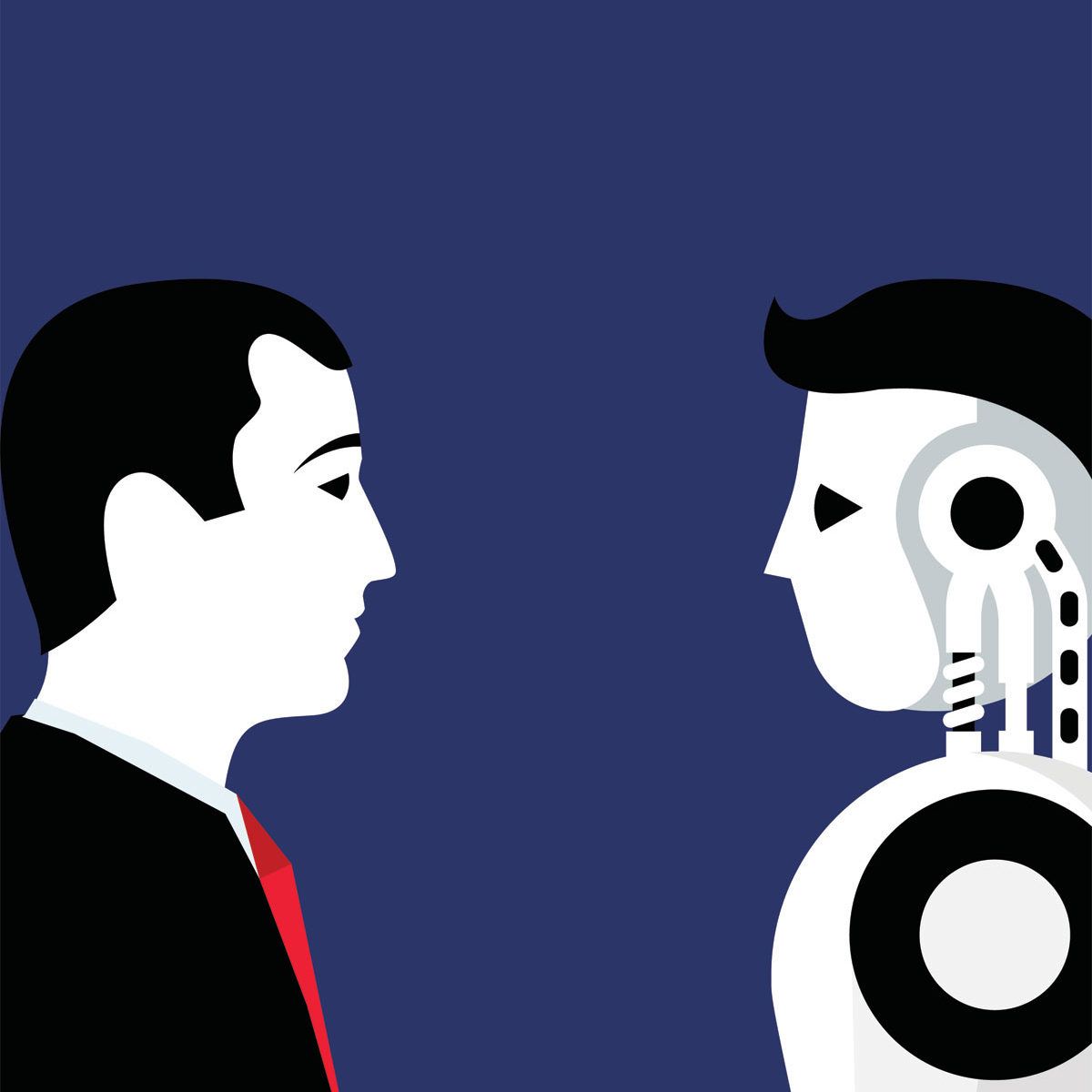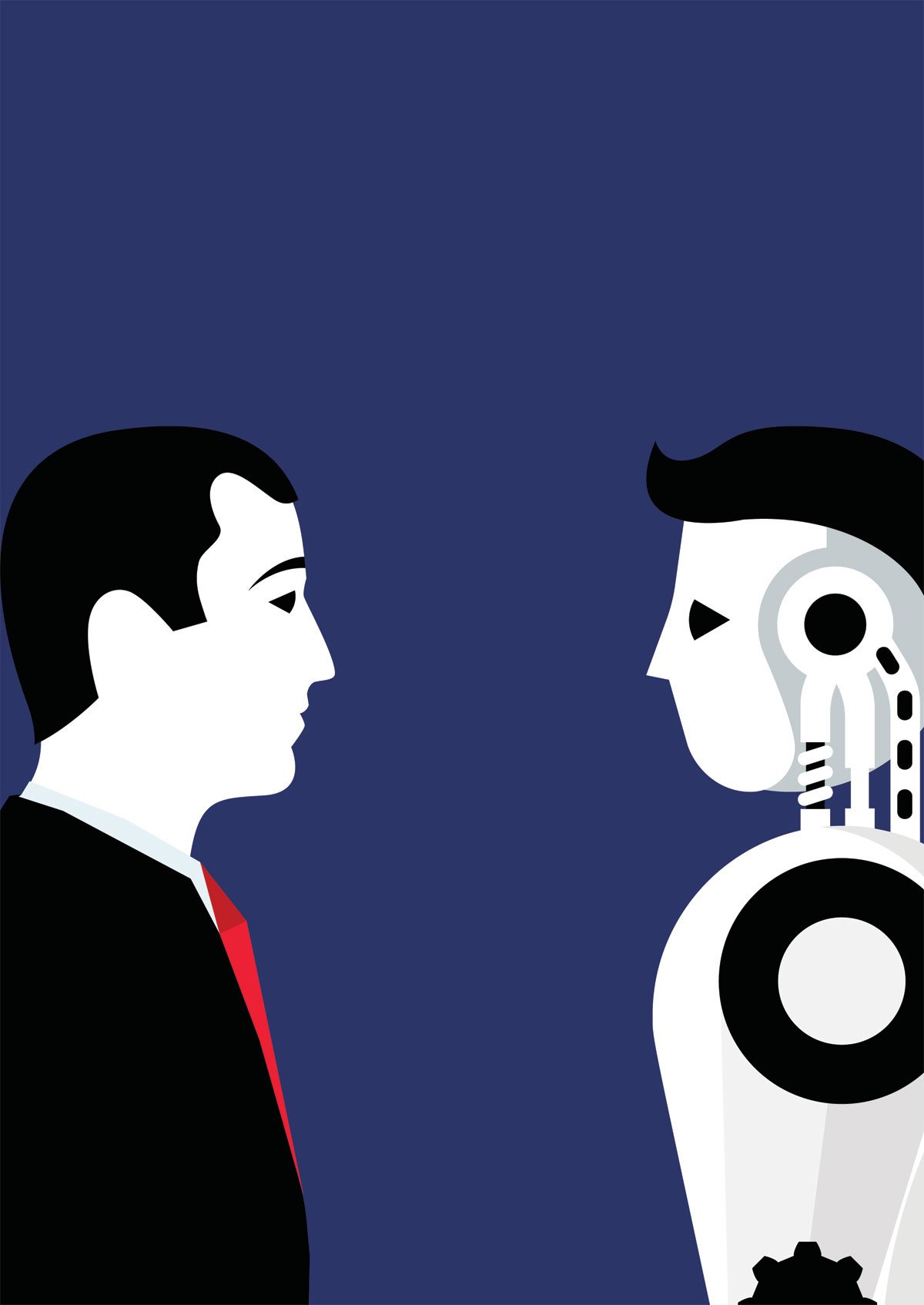Legal tech is probably the most eminent buzz word in the legal community these days. It has become a recurring conference topic and, in some areas of the legal advisory industry, tech tools have indeed long been integrated in the process. In essence, they are relied upon to increase efficiency, most notably where large volumes of documents and data are concerned.
In other areas of the legal advisory industry, notably dispute resolution, the relevance of legal tech is not nearly as notable. While some cases are undoubtedly ‘heavy on the facts’ and document production, originally a procedural feature of common law jurisdictions, has found its way into the best practice repertoire of international commercial arbitration regardless of legal tradition, recourse to technical solutions to advance the processing of the information involved has nevertheless been a geographically isolated occurrence.
Even though we have seen the emergence of legal chatbots and online dispute resolution services in certain areas such as consumer-related disputes, the use of online dispute resolution services is still marginal when it comes to high-value, high-stakes, multi-jurisdictional commercial disputes. Many of these cases are still conducted in good old-fashioned style, with document sharing platforms and digital submissions being the most innovative features one will see.
More often than not – in the words of a senior international arbitrator – we still ‘sacrifice Patagonian forests’ for the production of hearing bundles that are lightheartedly discarded after the event. At least in this respect, it is quite difficult to detect a race towards digitalisation in the field of dispute resolution, even at an international level.
Against this background, what is indeed the relevance of legal tech in this field? And, from a clients’ perspective, does recourse by counsel to technological tools automatically equate to effective, i.e. time and cost efficient, dispute resolution?
There are, of course, successful examples of how technology has been put to a fruitful use in a dispute resolution context. In construction disputes, virtual reality devices allow counsel to take judges/arbitrators ‘inside’ distressed projects, thus making them come to life and adding ‘tangibility’ to the legal issues at hand.
Also in the construction context, building information modeling (BIM) is one of the latest technological tools that offer new possibilities in conflict and dispute resolution systems. Here, technology is used to create algorithmic decision-making frameworks to manage and resolve potential conflict causes such as failures to correctly bid or price the works, inadequate management by contractors, supervision and coordination issues, and errors/omissions in design, in terms of time, cost, quality, and documentation.
In a much broader context, computerised decision tree analysis is available to support legal professionals in early case assessment, in particular when it comes to identifying zones of possible agreement and determining the cost implications of non-settlement.
“The more complex the matter in dispute, the more [clients] want a sophisticated professional and experienced partner”
Still, examples such as these are rare and, in the end, the legal profession remains very much a people’s business. Indeed, the ‘automation risk’ in dispute resolution seems rather low. According to the website willrobotstakemyjob.com, the automation risk for lawyers is only 4% while it ranges at an insignificantly higher 6% for more specialised legal professionals such as arbitrators, mediators, and conciliators. This means legal professionals are, in the words of the website, ‘totally safe’ when it comes to robot replaceability.
Thus, leaving aside automated solutions that serve to increase efficiency in day-to-day procedures, users of dispute resolution services and, in particular, their decision-making seem not to be driven by technology. The more complex the matter in dispute, the more they want – and request – a sophisticated professional and experienced partner.
In this sense, innovation in the field of dispute resolution seems to be less about integrating technological tools but rather about the way in which critical facts are qualitatively gathered and analysed, attainable goals are identified, and a successful strategy is developed to reach and secure the desired outcome. This, in essence, requires one thing: a departure from linear approaches in favour of multi-strand strategies that integrate expertise drawn from various professional areas – legal, commercial, and communicational.
Today’s dispute resolution professionals are increasingly assuming the role of ‘conflict managers’ who work hand in hand with their clients. The traditionally typical dynamics of the dispute resolution trade – positional, adversarial, antagonistic – are being left behind as dispute resolution professionals turn to multi-layer lawyering as the new counselling model. Where litigation, arbitration, and mediation once stood as separate pillars of a service portfolio, inclusive, integrated approaches have become the expected best practice standard. Sophisticated users of dispute resolution services deliberately opt for this kind of legal advisory work.
At Vavrovsky Heine Marth we strive to secure our clients’ success not only by excelling on the substantive legal issues but also by developing a comprehensive understanding of the professional context within which our clients operate. We place great emphasis on analysing commercial settings, business needs, and interpersonal factors as we understand that these are key considerations in the search for positive ‘win-win’ outcomes.
As such, we thrive on out-of-the-box thinking and openly promote flexible dispute resolution processes that strategically combine elements of various established methods of dispute resolution. Our clients’ trust keeps proving us right. They identify with our philosophy and rely on our expertise to guide them to success in any dispute, at any stage and in any forum.

